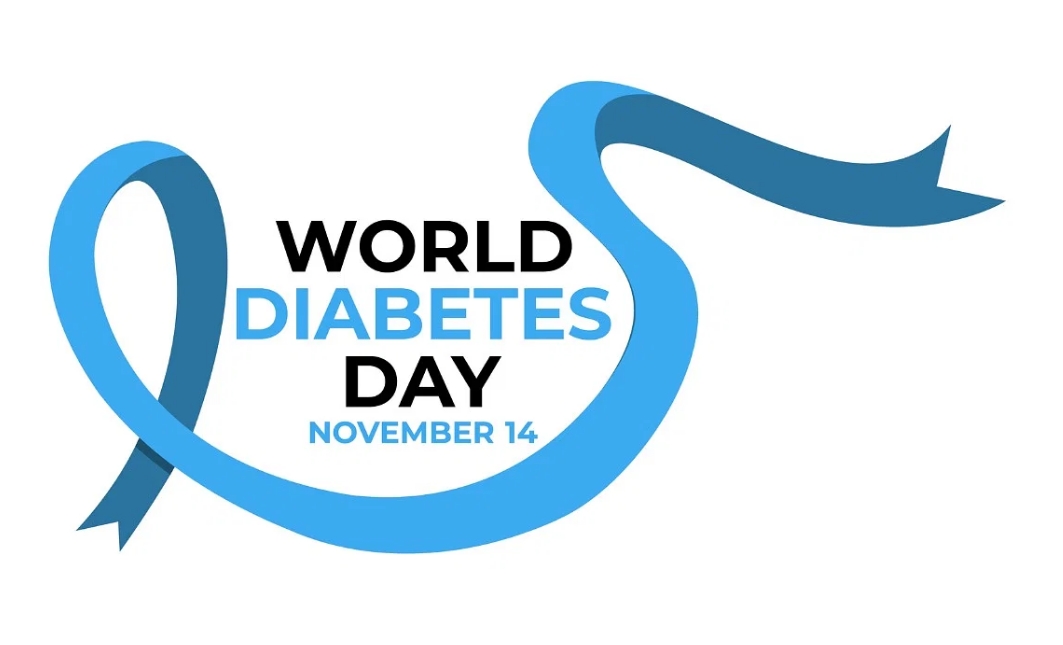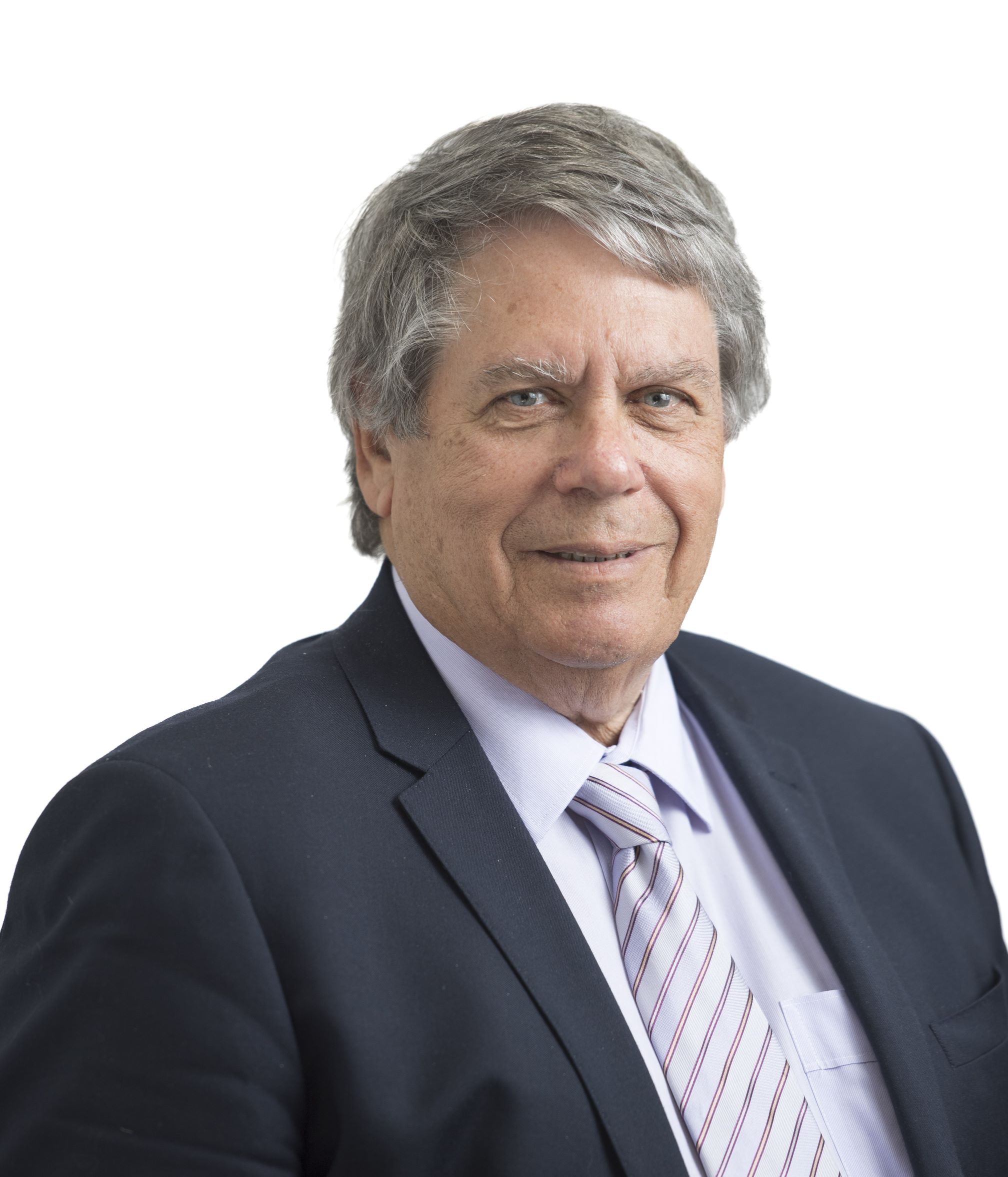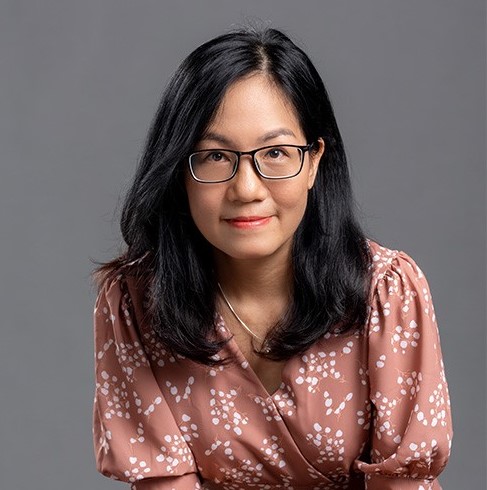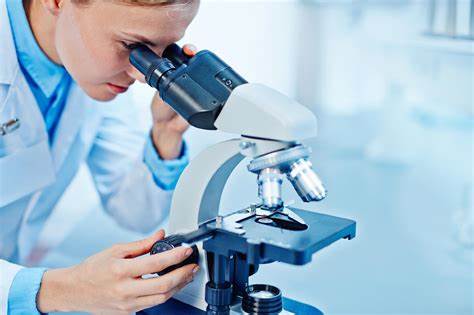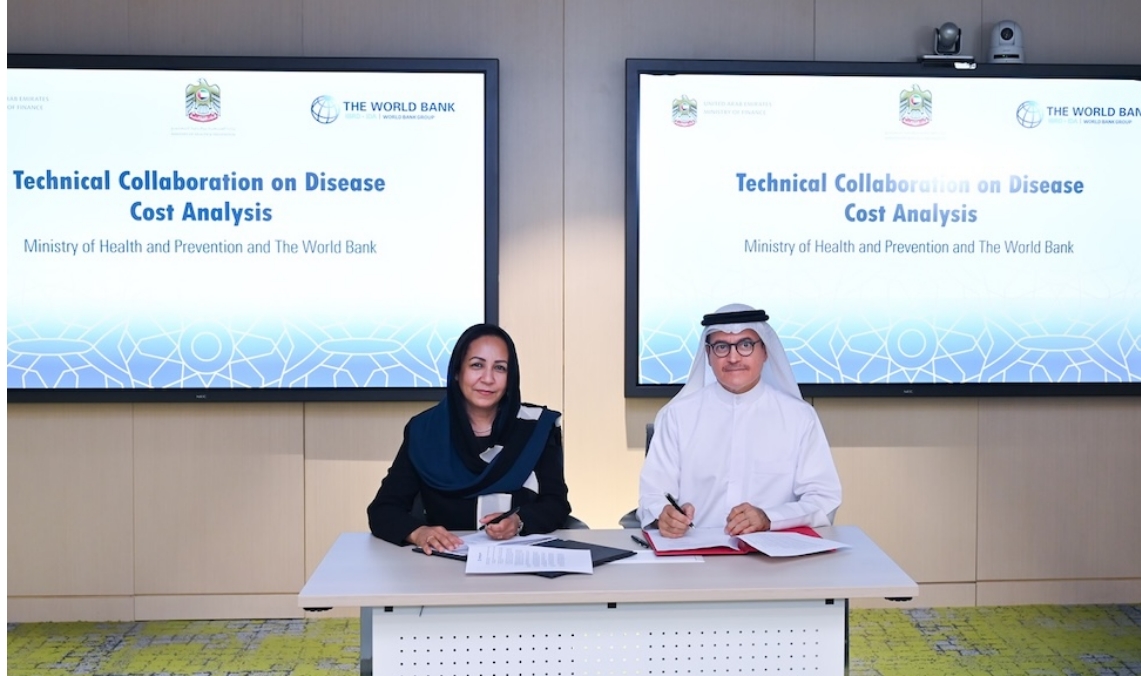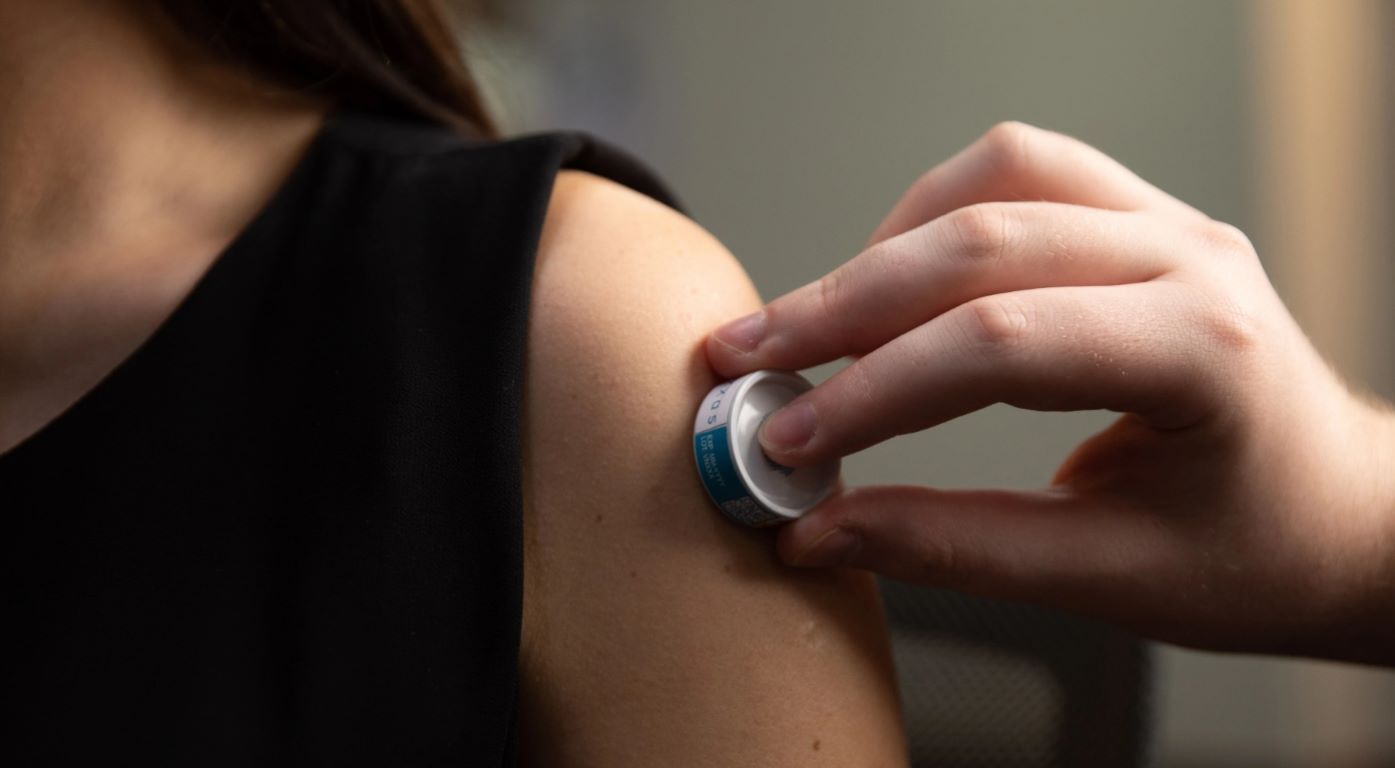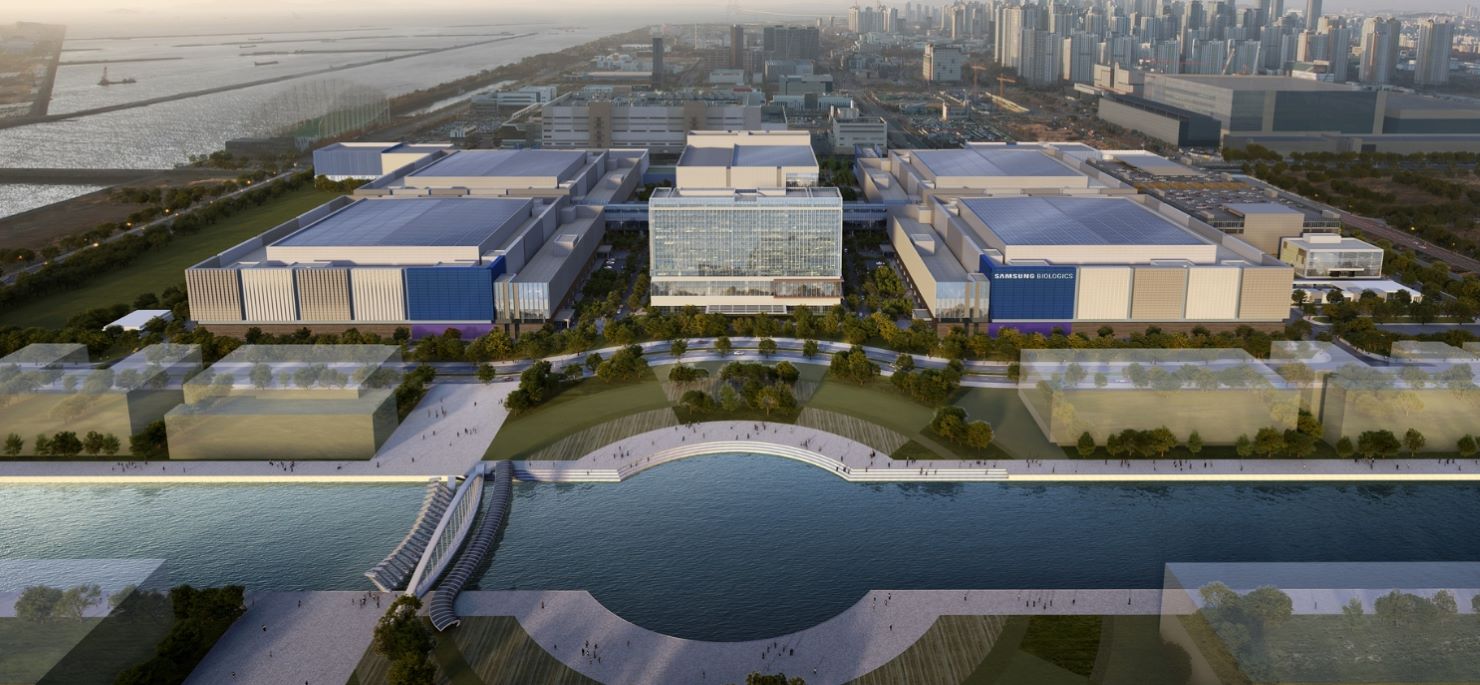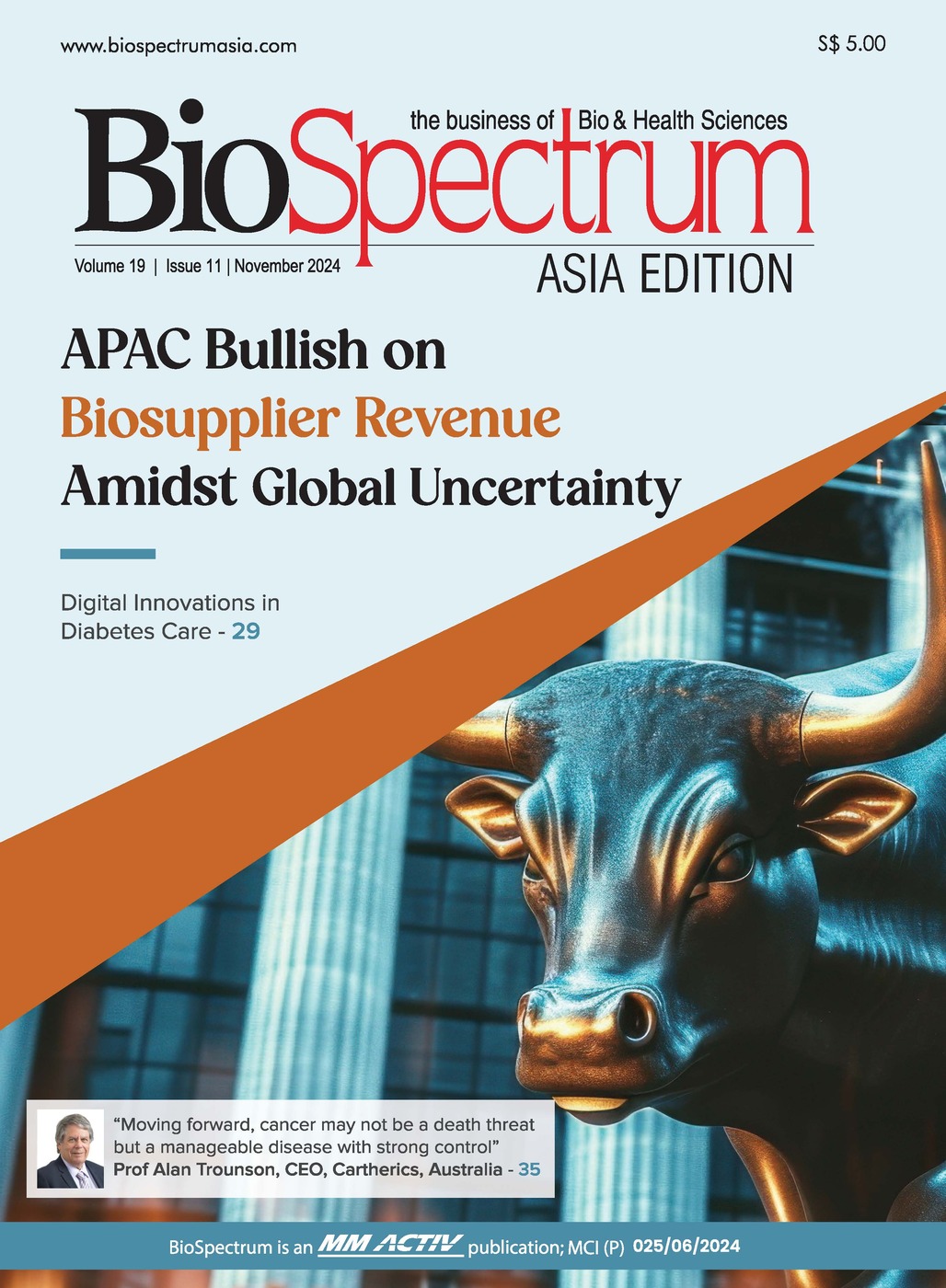Thermo Fisher to grow APAC revenue share to 25%
19 October 2012 | Influencers | By BioSpectrum Bureau
Thermo Fisher to grow APAC revenue by 25%
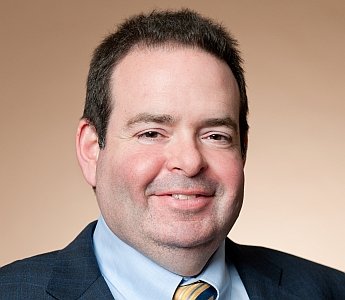
Mr Marc Casper, president and CEO, Thermo Fisher Scientific, US
Thermo Fisher Scientific, a global player in serving science, has revenues of $12 billion and boasts of approximately 39,000 employees worldwide. It serves customers within the pharmaceutical and biotech industries, hospitals and clinical diagnostic labs, universities, research institutions and government agencies, and also has a substantial presence in environmental and process control industries.
With revenues worth $1.8 billion coming from emerging markets and the Asia Pacific (which is also growing at the rate of 20 percent), the company has several strategies in place for the region, such as scaling up its commercial teams to drive growth; optimizing supply chain, service and commercial operations to differentiate the customer experience; continue to invest in localized technology development, and expanding low cost region manufacturing footprint in order to reach new heights.
In an exclusive interview with BioSpectrum, Mr Marc N Casper, president and chief executive officer of Thermo Fisher Scientific since 2009, shared the company's strategies on investments related to research and development, acquisitions, growth for the emerging markets, pricing and regulatory issues.
Thermo Fisher Scientific increased investments on acquisitions and purchasing property from $837 million in 2009 to $5.967 billion in 2011. How much investments have you set aside for 2012?
Actually, since 2009 we have generated about $10 billion in capital from our free cash flow and deployed about $ 7 billion for acquisitions. While we cannot disclose what acquisitions we may be making in the future, Thermo Fisher has a proven track record of achieving objectives associated with operating income through revenue and cost synergies, and tax efficiencies.
Do you say that your focus will now be more on acquisition?
Thermo Fisher looks at organic as well as inorganic routes to growth. We have been investing in acquisitions that help us to enhance our offering to our customers and increase our access to growing markets worldwide.
Since 2009, we have deployed about $7 billion in acquisitions, including the larger Dionex, Phadia and One Lambda deals. Acquisitions and integrations are among our core competencies, regardless of the economic environment. Just to cite an example, we have successfully managed the Dionex integration, delivering operating income from revenue synergies, cost synergies and tax efficiencies. Some of the other acquisitions we have successfully completed in the recent past are Ahura Scientific, Fermentas, Finnzymes, BRAHMS, TREK Diagnostics and Doe & Ingalls. Each of these has also brought on board some great talent and transformed our competitive position.
Your company is generating about 15 percent of its revenue from emerging markets. What factors are favoring your business opportunities?
An important part of our growth strategy is to increase our presence in Asia Pacific and emerging markets. At the time of our merger in 2006 that created Thermo Fisher Scientific, only 10 percent of our revenue came from Asia Pacific and emerging markets. Today it is 20 percent and in five years we expect it to be at least 25 percent. Our tremendous success in China, India and other parts of these exciting markets has shown that we have a proven strategy.
What will be your strategies to improve this growth to 25 percent in the coming years?
There are various initiatives that we are adopting to propel our growth in APAC and emerging markets in the coming years. We continue to scale up our commercial presence in these regions. As of now, we have about 5,600 people in APAC and emerging markets, with 960 in India alone. You could say that we have the largest footprint in emerging markets within our industry. We have already doubled our business in the past five years from these emerging markets, and our goal is to reach revenues of about $ 3 billion by 2016.
Last year, we established an APAC Chromatography Center of Excellence in Ahmedabad in India to support customers in India and APAC on method development and to provide faster solutions for their complex R&D and QC problems. Our demo center in Mumbai and training center at Nasik are also accessed by our customers to help them chose the right technology.
Our state-of-the-art clinical trial services facility at Ahmedabad offers world-class services for our Indian and international customers, including comparator sourcing, storage, packaging, labeling and global logistics. We have also grown our chemicals business, (acquired from Qualigens) by investing in toll- conversion facilities, quality procedures and a new centralized warehouse.
Over the past 2 years, we have grown in China at a CAGR of over 20 percent, and, apart from Shanghai and Beijing, we continue to expand our presence in other areas such as Guangzhou, Wuhan and Shenyang. We understand the growing business opportunities for our environmental instruments business in this region and we moved the headquarters of this business to China several years ago.
With the changing population demographics in the region, healthcare and diagnostics also offer some exciting opportunities. We would like to replicate our successes in India and China in some new emerging markets such as Korea, Brazil and Russia.
China and India recorded growth of 20 percent in 2011. How are you contributing towards the growth of the market in these two countries?
Apart from what I have just mentioned, we are investing in establishing partnerships with our key customers in India and offer them complete work flow solutions through our entire width and depth of technology and services. As more and more our global customers invest in India, they will require the same standardized technology that they are using in other locations. Pharmaceuticals, biotechnology and healthcare are exciting markets for us here in India.
We are currently setting up a new manufacturing facility for our lab products at Suzhou that will enable us to respond to APAC-based customers faster and more efficiently. We have also invested in other manufacturing operations, demo centers and a technology center at Shanghai. Today, 20 percent of our revenues in China come from products that we are manufacturing in China.
What new packages and additional services are you offering to customers, in the domains that the company has been witnessing fall in the revenue growth in last couple of years?
Looking at the end markets, we are indeed very balanced as nearly a quarter of our revenues come from each of our major market segments - pharmaceuticals and biotechnology, healthcare and diagnostics, industrial and applied and academic and government. This, combined with our unique product mix spanning instruments, equipments, consumables, reagents and chemicals, software and services gives us an industry-leading position in most markets that we serve.
An important part of our growth strategy is to increase our presence in Asia Pacific and Emerging Markets. At the time of our merger in 2006 that created Thermo Fisher Scientific, only 10 percent of our revenue came from Asia Pacific and emerging markets. Today it is 20 percent and in five years we expect it to be at least 25 percent. Our tremendous success in China, India and other parts of these exciting markets has shown that we have a proven strategy.
We have noted that you focus on increasing R&D budget to develop new products and to remain competitive. What are your strategies to address competition arising out of launch of new products by competitors?
Thank you for your observations and yes, you are absolutely correct. Last year, we invested approx $350 million in R&D, which is between four-to-five percent of our manufacturing revenue and we are proud that our 1,700 scientists are busy creating new and better technology for our customers. We have a strong intellectual property position and also have a world-class advisory board with members from leading institutions such as Harvard Medical School and Stanford School of Medicine. Our focus on innovation enables us to develop better, more efficient technologies keeping in mind the changing requirements of our customers.
Of the three Thermo brands, Thermo Scientific, Fisher Scientific and Unity Lab Services, where do you see growth potential in Asia pacific region and why?
Thank you for this interesting question. Our organization has evolved over the past decade through a variety of factors including a number of interesting brands and technologies that are now offered through one entity. It is very important for us to position our brands and communicate our combined technology platforms in a simplified manner to our customers and therefore we describe each of our brands as having specific attributes that address customer needs.
The Thermo Scientific brand represents the scale and depth of our capability in analytical instruments, laboratory products, biosciences products and specialty diagnostics. The Fisher Scientific brand represents choice and convenience and a variety of purchasing options as well as our clinical trial services, logistics and an eCommerce platform. Unity Lab Services is our newest brand, launched earlier this year. Unity Lab Services offers product and laboratory support services to create a single solution for customers to optimize productivity and reduce their total cost of laboratory operations.
How is Thermo addressing sensitive issues such as pricing and regulatory formats while handling the customers in Asia Pacific?
I think we are very competitive in our pricing when compared to our major competitors. We constantly work on upgrading our technology to meet changing demands such as precision and reproducibility (driven by regulatory) or QC productivity (driven by manufacturing).
Looking ahead, in countries such as China, we would like to see around 50 percent of our revenues coming from products made within China. In India, we have initiated local assembly of our liquid handling instruments.
How is your recently launched Unity Lab Services different from similar services offered by competitors?
Unity Lab Services represents a range of capabilities, from traditional laboratory instrument and equipment services to enterprise-level support, including business analytics for continuous improvement, and management of laboratory staffing and consumables inventory. These services can be implemented across a broad range of laboratory environments and can be scaled from service on a single instrument to a highly customized, comprehensive service program at the laboratory, site or enterprise level.


